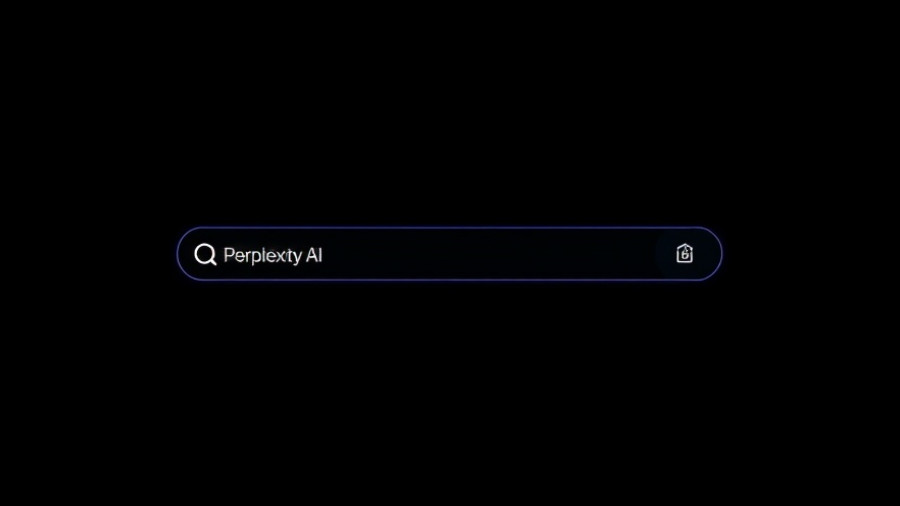
Perplexity AI: The New Giant in App Downloads
In an impressive turn of events, Perplexity AI has emerged as the leading app on both the Google Play Store and Apple App Store, surpassing established competitors like ChatGPT and Google's Gemini. This innovative platform, co-founded by Aravind Srinivas, an entrepreneur hailed for his vision, has redefined what users can expect from AI-powered applications.
The Rise of Perplexity AI
Launched by an ambitious startup, Perplexity AI has become a household name in just a short span. Its unique blend of search engine capabilities with AI-driven chat functionalities has captivated users, making it not only a top choice in India but also in the global market. By combining the roles of a search assistant, chatbot, and research tool, Perplexity stands out in a crowded field.
Innovative Strategy and Global Recognition
Aravind Srinivas' strategic insights have paved the way for this app’s success. Rather than merely imitating existing platforms, Perplexity AI ventures into uncharted territory by providing a seamless integration of information retrieval and conversational AI. This crucial aspect not only enhances user experience but has also positioned the app as a potential disruptor in the tech space.
The Impact on Technology Use in India
This achievement holds significant implications for India’s tech landscape. Historically viewed as a service hub, the country is now witnessing its home-grown applications achieving global recognition. Perplexity AI exemplifies the innovation emanating from the region, showcasing the prowess of Indian talent in the tech industry.
Co-founder’s Ascendancy to Billionaire Status
Alongside Perplexity’s growing fame, Aravind Srinivas has recently entered the billionaire ranks, reflective of both the success of this platform and the increasing prominence of young entrepreneurs in India’s startup ecosystem. On the M3M Hurun India Rich List 2025, he boasted a remarkable net worth of ₹21,190 crore, illustrating the lucrative potential of tech-driven initiatives in the country.
Comparative Analysis: Perplexity AI vs. Competitors
By zooming into the app download statistics, we can observe that Perplexity AI has not only outperformed ChatGPT and Gemini but has become the most downloaded app across categories. This shift is attributed to the app’s unique features that appeal to a broad user base, from casual users seeking quick answers to professionals requiring efficient research tools.
Why AI Innovations Matter to Users
For AI enthusiasts, the rise of Perplexity AI offers a glimpse into the future of personalized technology. As the demand for intelligent, intuitive interfaces grows, so does the opportunity for applications that simplify our daily lives. By understanding the advancements made by platforms like Perplexity, users can leverage these technologies to enhance both productivity and knowledge acquisition.
Future Predictions: The Trajectory of AI Applications
Looking ahead, the phenomenon surrounding Perplexity AI raises questions about competitive strategies and user expectations in the AI landscape. It's likely we will see a wave of innovation pushing the boundaries of what AI applications can do, making tools smarter and more accessible. As the tech world evolves, Perplexity could set the benchmark for future developments in AI-powered solutions.
For readers eager to stay ahead in the rapidly changing tech environment, embracing and understanding tools like Perplexity AI is vital. This is a call to not only download and explore this innovative application but to actively engage with it to realize its potential in your daily life.
 Add Row
Add Row  Add
Add 




Write A Comment